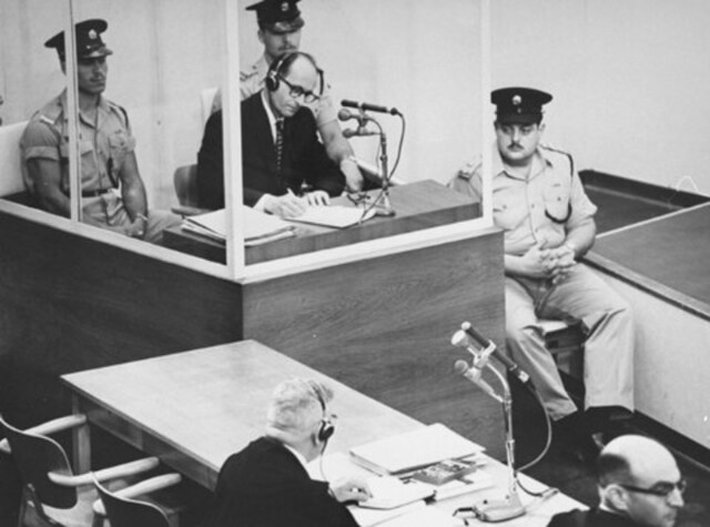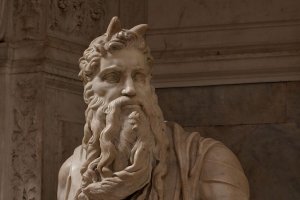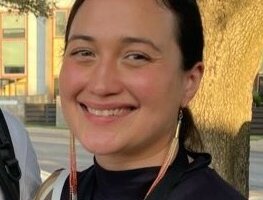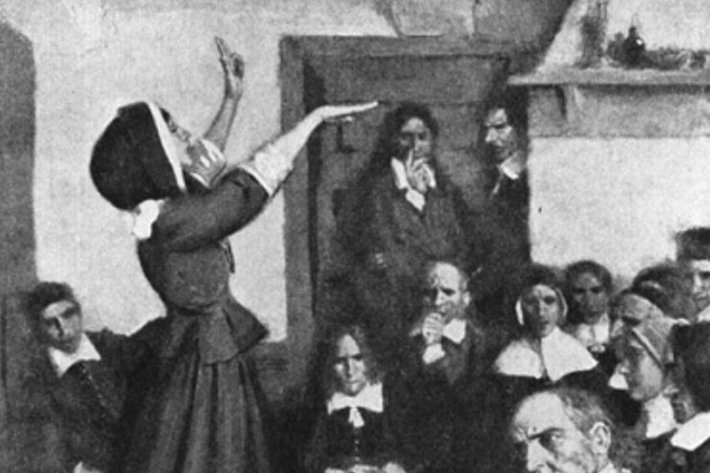Everything recorded and transcribed here should be stored. Only when I die it is my wish, may it serve as the basis for scientific research. But in no uncertain terms: I don’t wish to come out of the shadows into the light.—Adolf Eichmann, taped interview 1957

The rumpled, bespectacled man in the glass booth seemed incapable of causing harm to a flea, let alone the cold-blooded murder of 6 million human beings. Yet Adolf Eichmann, a little man, made smaller still by a suit at least a size too large, was determined to make himself look innocuous, no more than a low-level clerk in a colossal machine as he stood accused of being the master architect of the greatest crime in history—the Holocaust.
Eichmann denied all the accusations. He denied knowing that the trains he dispatched to Auschwitz contained human cargo marked for extermination. He denied seeing any killing or torture and denied knowing of or hearing of any such thing. “I was sitting at my desk in Berlin,” he protested, “and had nothing to do with it,” his demeanor emotionless, save for a perpetual smirk twisting the left side of his face.
Eichmann denied any responsibility for the Holocaust, protesting his innocence and ignorance until his death by hanging after an Israeli tribunal found him guilty in 1962. But five years earlier, a series of taped conversations that have now been made public, painted a different story. This is now available through the three-part Amazon Prime docuseries, The Devil’s Confession: The Lost Eichmann Tapes.
“I didn’t even care about the Jews that I deported to Auschwitz. I didn’t care if they were alive or already dead,” Eichmann brags to Nazi journalist and Dutch collaborator Willem Sassen in an excerpt from the 28 recorded hours that amount to a full confession, including names, dates and details of how he personally masterminded and coordinated the Final Solution, carrying out each grisly step with gusto.
Eichmann was a big man in the Nazi community of Buenos Aires, the safe haven sheltering many adherents of the Master Race who fled there when the Third Reich collapsed. He was recognized as a former high official and made no attempt to conceal his identity. He enjoyed the spotlight, enjoyed being regarded as the “Jew expert.” And with Sassen, he spoke freely, seeming to enjoy reliving what to him was the happiest time of his life.
To the expat Nazis, the mass murder of the Jews was a lie that never happened. In Eichmann, journalist Sassen felt, he had an eyewitness—someone who could tell him right out, with facts and figures, that the genocide never happened. He was to be bitterly disappointed. Eichmann expressed pride in his life’s work: the murder of the Jews.
“There was an order from the Reichsführer [Heinrich Himmler] that said Jews who are fit to work must be submitted to the work process. Jews who are unfit to work had to be submitted to the Final Solution. Period.”
There’s a brief pause, followed by Sassen asking, carefully, “And with that, you clearly and openly meant physical extermination?”
“If that’s what I said,” Eichmann answers, “then yes. Obviously.”
There’s a longer pause. An unidentified voice murmurs, in German, “We can’t do this. We can’t do this.” The tape shuts off, then clicks back on again. Sassen continues recording even though he knows Eichmann will not deny the Holocaust or his role in it.
The docuseries switches back and forth between the little man in the glass booth protesting his innocence and the braggart contradicting his testimony five years earlier, sometimes almost to the exact line. At the trial he says he knows nothing of any plans to transport Jews, says he’s not an antisemite. On the tapes, he details the logistics needed to transport five trainloads of Jews to Auschwitz and death.
Sassen’s wife interrupts, apologizing for not being able to procure any more cigarettes right now. Eichmann gallantly says, “Thank you so much for trying, dear lady. No worries at all.” He then resumes bragging of how he got a whole city Judenfrei in record time. In the background, you can hear Sassen’s children playing and singing.
Filmmakers Yariv Mozer and Kobi Sitt, through archival footage of the young Eichmann in full uniform intercut with clips of the1962 trial and interspersed with newly-shot footage of actors lip-syncing the German of Eichmann and Sassen, weave their chronicle. What emerges is not what writer Hannah Arendt—present at the trial and watching Eichmann act the part of the harmless little bureaucrat—called “the banality of evil.” On the contrary, Eichmann, relaxed and holding court on the tapes, proves to be calculating and brutal, delighting in what he did best: murdering Jews.
The tapes’ existence were known about at the time of the trial—Sassen had sold excerpts of the transcripts to Life Magazine just months before. But the location of the tapes themselves remained a mystery until the 1990s. Consequently, the Israeli tribunal would not admit the transcripts as evidence, and the prosecution was forced to use other means instead: witnesses—Holocaust survivors who testified, sharing firsthand experience of Eichmann’s cruelty and his hate.
To a new generation, the Eichmann tapes provide invaluable history and, as Yariv Mozer said, “This is proof against Holocaust deniers and a way to see the true face of Eichmann.”
The prosecution presented its final evidence against Eichmann. The lights in the court went out and those in the court saw a film compilation of atrocities and torture, of dead bodies bulldozed, of men, women and children herded like cattle to their deaths. In the control booth, the TV director, himself a Holocaust survivor, trained a shot on Eichmann as he watched the footage. In what he thought was the anonymity of darkness, as the little man watched his carnage, the smirk on his face broadened to a smile.
_______________
From its beginnings, the Church of Scientology has recognized that freedom of religion is a fundamental human right. In a world where conflicts are often traceable to intolerance of others’ religious beliefs and practices, the Church has, for more than 50 years, made the preservation of religious liberty an overriding concern.
The Church publishes this blog to help create a better understanding of the freedom of religion and belief and provide news on religious freedom and issues affecting this freedom around the world.
The Founder of the Scientology religion is L. Ron Hubbard and Mr. David Miscavige is the religion’s ecclesiastical leader.
For more information, visit the Scientology website or Scientology Network.


